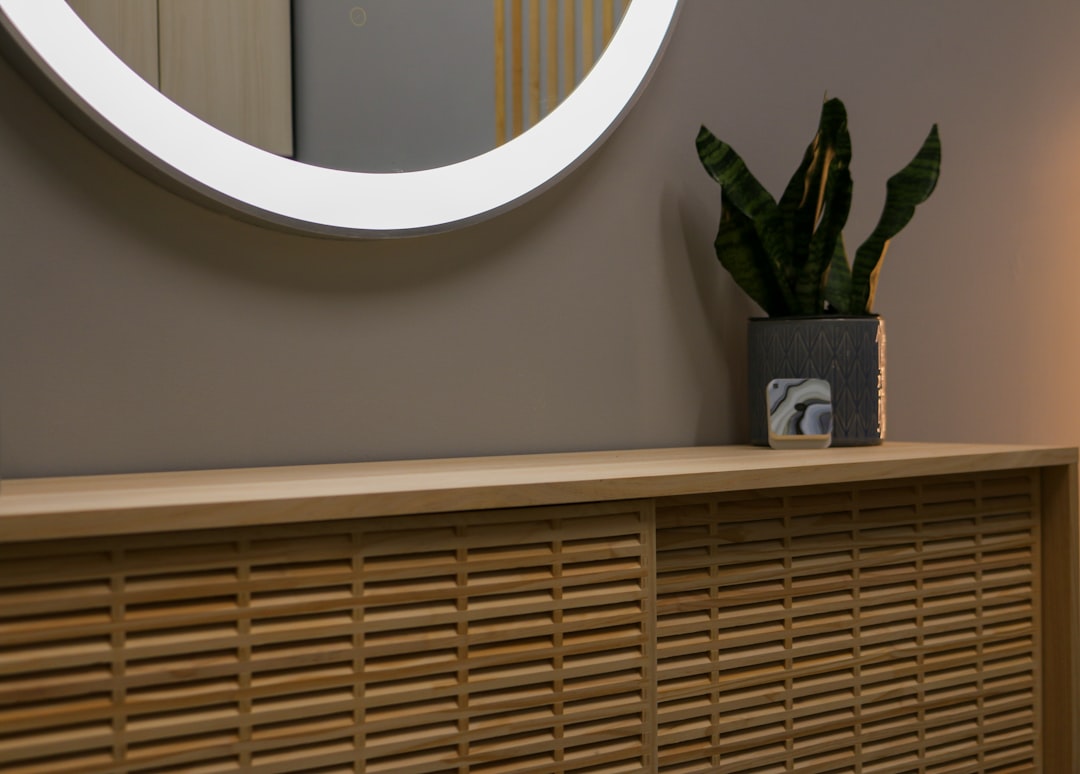Are you looking for a way to heat your home while adding a cozy and rustic feel? Installing a wood burner may be the solution you are looking for. Wood burners are a great source of heat that not only add a nice ambiance to your home but also help you save on energy bills. Here is what you need to know about installing a wood burner.
First, you need to determine where you want to install your wood burner. It is important to choose a spot that is safe, practical, and easily accessible for adding wood. A common location is in the living room or family room near the center of the house. It is also important to make sure there is enough clearance around the wood burner to prevent fires.
Next, you need to choose the type of wood burner you want to install. There are three main types of wood burners: freestanding, insert, and built-in. A freestanding wood burner is an independent unit that can be moved anywhere in the room. An insert wood burner is installed into an existing fireplace and is suitable if you have an old or unused fireplace. A built-in wood burner is installed into a wall or a purpose-built hearth and is a great option if you want a permanent fixture in your home.
Once you have decided on the type of wood burner you want, it is time to purchase and install it. Depending on the type of wood burner, you may need additional items such as stove pipe, chimney liner, hearth pad, or a wall thimble. It is important to read and follow the manufacturer’s instructions carefully to ensure proper installation and avoid any hazards.
As part of the installation process, you may need to have a professional chimney sweep or installer inspect your chimney to make sure it is safe to install a wood burner. They can also help you determine the proper size of wood burner for your home based on the square footage and ceiling height.
When installing a wood burner, it is important to follow safety precautions. Make sure you have a fire extinguisher nearby, and never overload the wood burner with too much wood. It is also important to have a carbon monoxide detector in your home to detect any potential hazards.
Proper maintenance is also crucial for the safety and longevity of your wood burner. Regular cleaning of the stovepipe and chimney is important to prevent buildup of creosote, a flammable byproduct of burning wood. Make sure to follow the manufacturer’s instructions for cleaning and maintaining your wood burner.
In addition, it is important to use the right type of wood for your wood burner. Hardwoods such as oak, maple, and hickory burn longest and give off the most heat. Softwoods such as pine and spruce burn faster and produce less heat. It is also important to let the wood dry out before burning it, as wet or green wood can create more smoke and creosote buildup.
Installing a wood burner in your home can be an excellent way to add a cozy and rustic feel while saving on energy bills. It is important to take the proper safety precautions, follow manufacturer’s instructions, and maintain your wood burner to ensure safe and efficient operation. Make sure to consult with a professional installer or chimney sweep if you have any questions or concerns about installing a wood burner in your home.








